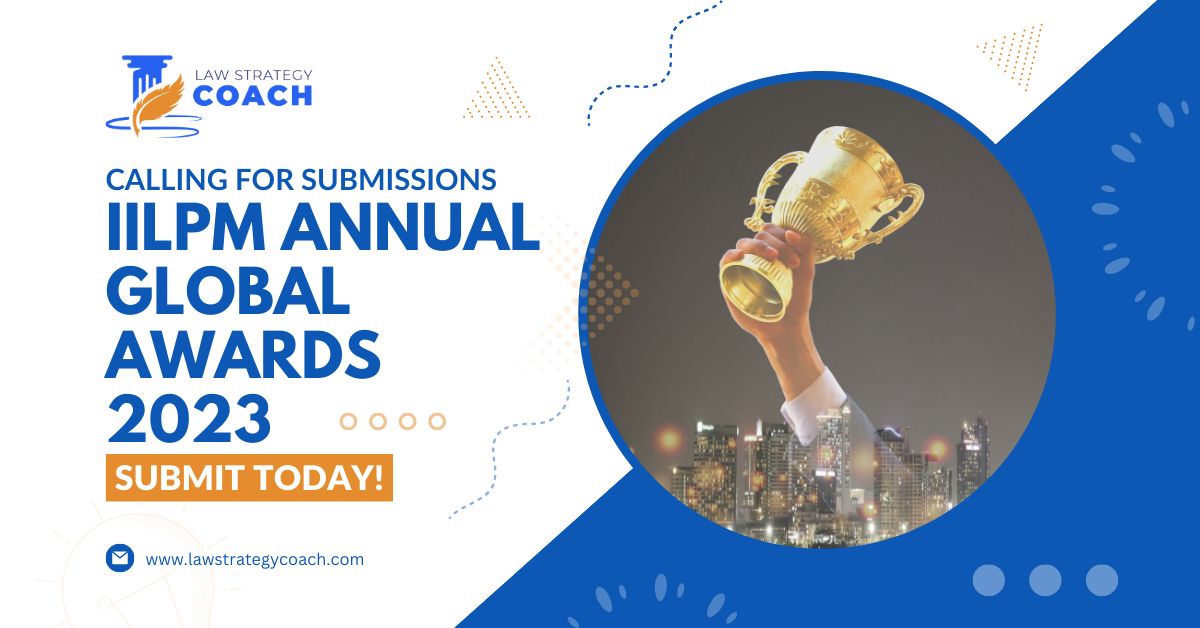1. Introduction
User experience quality, transparency, and efficiency of corporate service delivery are at the top of the agenda for each Legal & Compliance function. Leveraging “workflow platforms” can significantly contribute to the successful implementation of a team’s service delivery strategy.
Automating legal processes and implementing new technology solutions were both considered high priority responses by 71% of companies represented (CLOC 2020 State of the Industry Survey, p23).
2. What’s a workflow vs. a process?
A ‘workflow’ is a series of repeatable activities required to carry out to complete a task, such as answering a request regarding a legal issue or approving a trademark registration. A process is a sequence of tasks whereas a workflow is a way to make this sequence more productive and efficient, by semi-automating or automating activities and assisting the coordination and communication of the overall process. Legal & Compliance teams (like any other core function) have many processes and workflows.
3. Pressing issues of the Corporate Legal & Compliance team addressed by workflows
Key challenges of daily Legal & Compliance operations are addressed by workflow platforms:
- Demand management and intake – legal workflow platforms comprehensively capture and monitor new inquiries and requests for advice or approval. Routing and assignment of activities take place according to available capability and capacity in the Legal & Compliance team.
- Self-service for employees – self-service options provided in workflow platforms create guidance to employees and relief for the Legal & Compliance teams with respect to low risk (frequently high volume) inquiries through a convenient 24/7 channel. Typical examples for self-service inquiries relating to are gift and hospitality policies, NDAs, signature authority, IP, and vendor-related checks. The result: an immediate response to employees and flexibility for the legal and compliance team to focus on more strategic and high-risk matters.
- Flexible choice of communication channels – inquiries and supporting information and documentation can be submitted via MS Teams, mobile, web portal, or chatbot without compromising consistency and transparency of inquiry intake (always logged as the same matter).
- Monitoring Status – irrespective of the number of interactions, handovers, inter-departmental approval loops, etc. an inquiry or other request for legal services always remains on the radar screen in real-time.
- Trend detection – everyone, the Legal & Compliance team and other business teams, benefit from an overview of all retired, WIP, and new inquiries to analyze trends and developments. Collection methods allow for appropriate and timely interventions (more training, revised policies, internal investigations, etc) or an indication of the need for process improvements.
- Overcoming employees’ reluctance to deal with Legal – user-centric screens and processes, with help texts, mitigate employee concern of time-consuming interactions (not delivering the right information to legal for immediate resolution).
4. Conclusion
Apart from document drafting, review, and automation, the myriad of daily inquiries and approvals reaching the Legal & Compliance team pose a real challenge to its legal service delivery strategy. Workflow platforms provide a means to address the most pressing issues and free up sought-after resources for strategic bet-the-company matters.
Authors:
Ignaz Fuesgen assists corporate Legal & Compliance teams to identify a roadmap to shape their service portfolios and convert appropriate processes into workflows.
Aileen Leventonstrategically guides senior leadership of Corporate Legal to future-proof matter management and sustainably add value.



